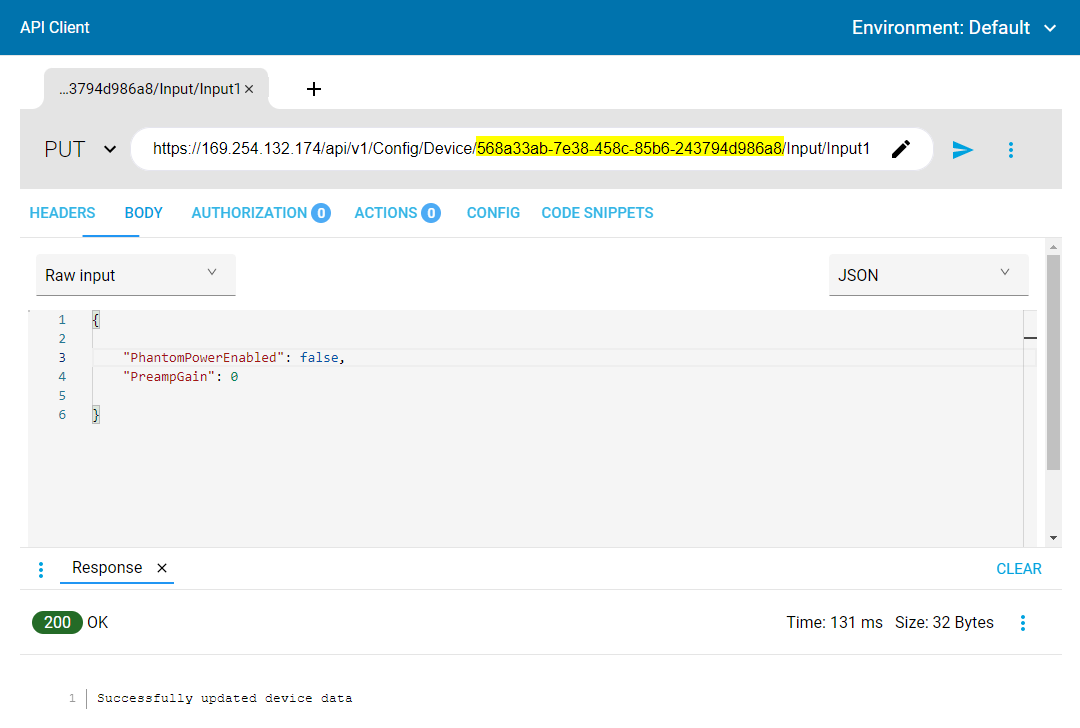Qt X RESTful API
Qt X integrates Representational State Transfer (REST) Application Programming Interface (API), or what's better known as RESTful API. This technology allows end-users to automate the use of Qt X to match the custom needs of an organization. Use of this documentation assumes an end-user is comfortable using APIs, can use programming tools such as curl, and are competent at writing code using programming language libraries.
Examples were shown with ARC API client that can be downloaded here.
Downloading JSON file from running system
An optional first step in the process is to download the running system's JSON configuration file via the Web UI. This will include the GUID's that are needed for some of the "PUT" commands and can be helpful to have. This same info can be retrieved from the system by using the "GET" /api/v1/Config command as seen below.

Note: A GUID stands for "Globally Unique Identifier," which is a 128-bit code used to uniquely identify digital objects across different networks and systems, essentially acting as a unique serial number for any data item that needs to be tracked individually; it's often referred to as a UUID (Universally Unique Identifier) as well
GET examples
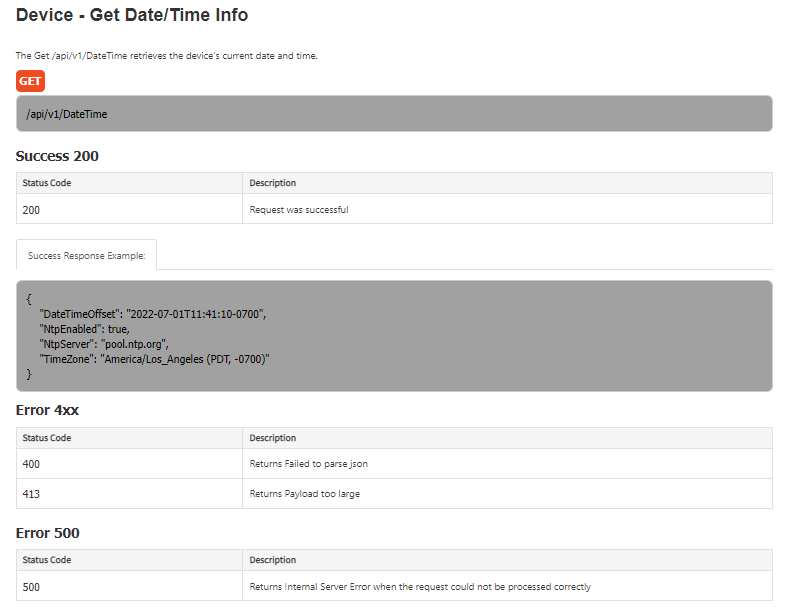
ARC API example
Using the GET command, enter in the IP address of the Qt X controller with the DateTime request. The response shows as a 200 OK response with the current device settings. Note that no Header or Body i s required to execute the GET command.
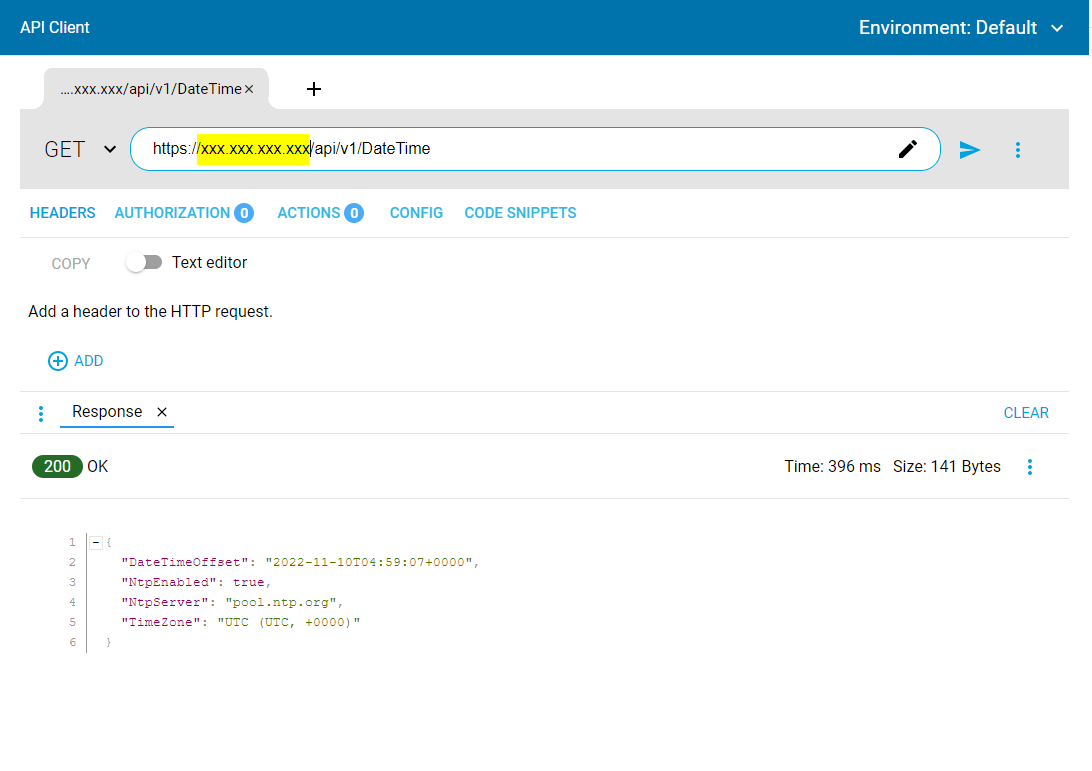
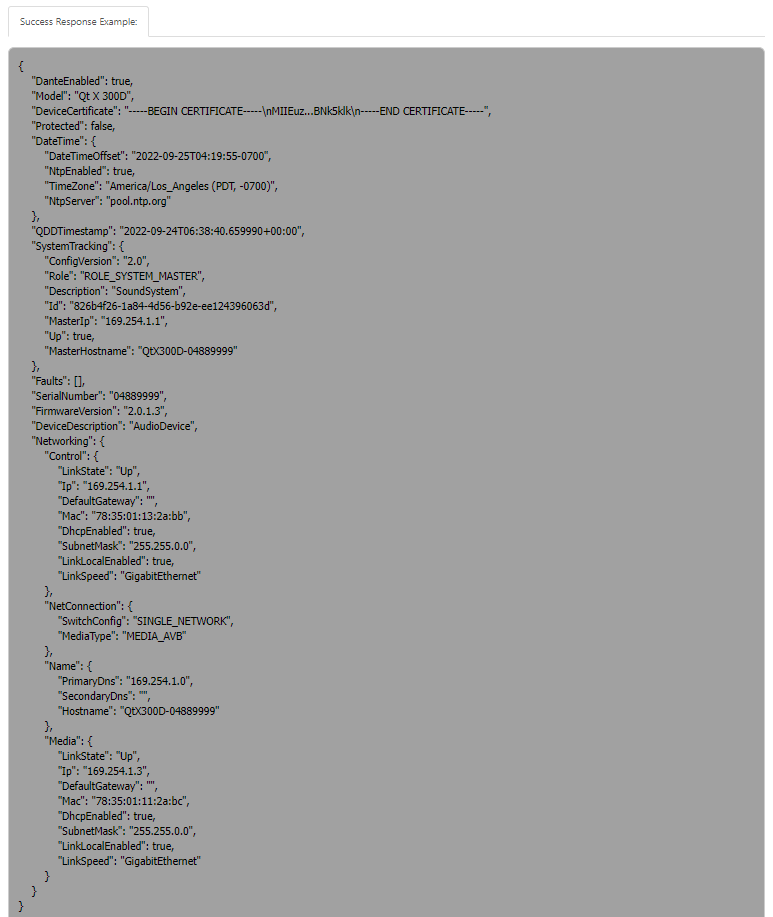
ARC API example
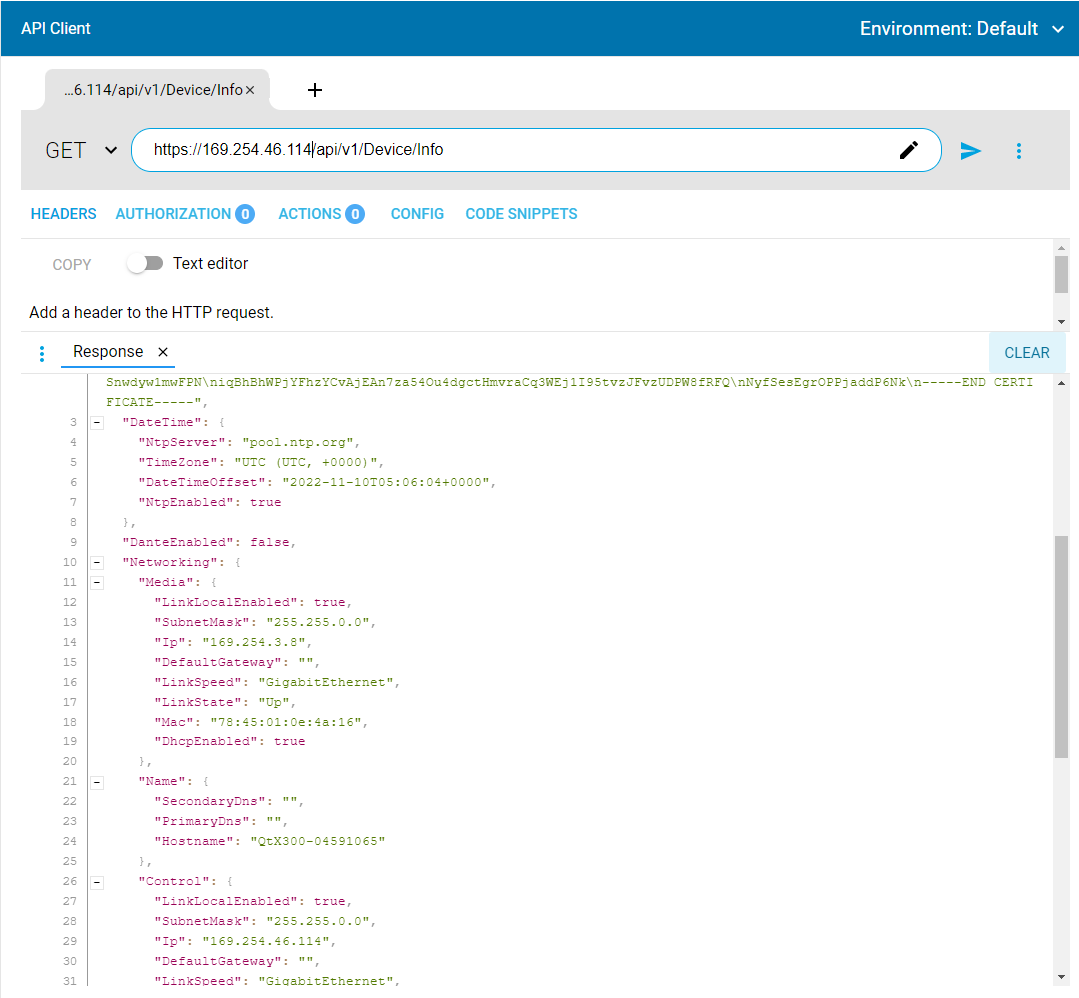
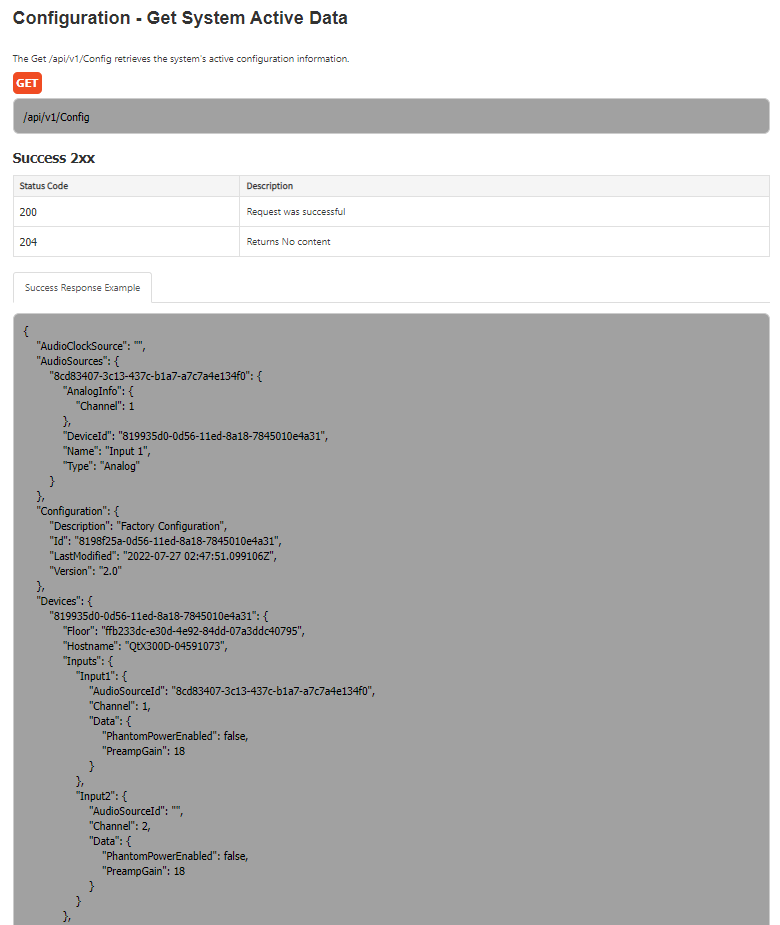
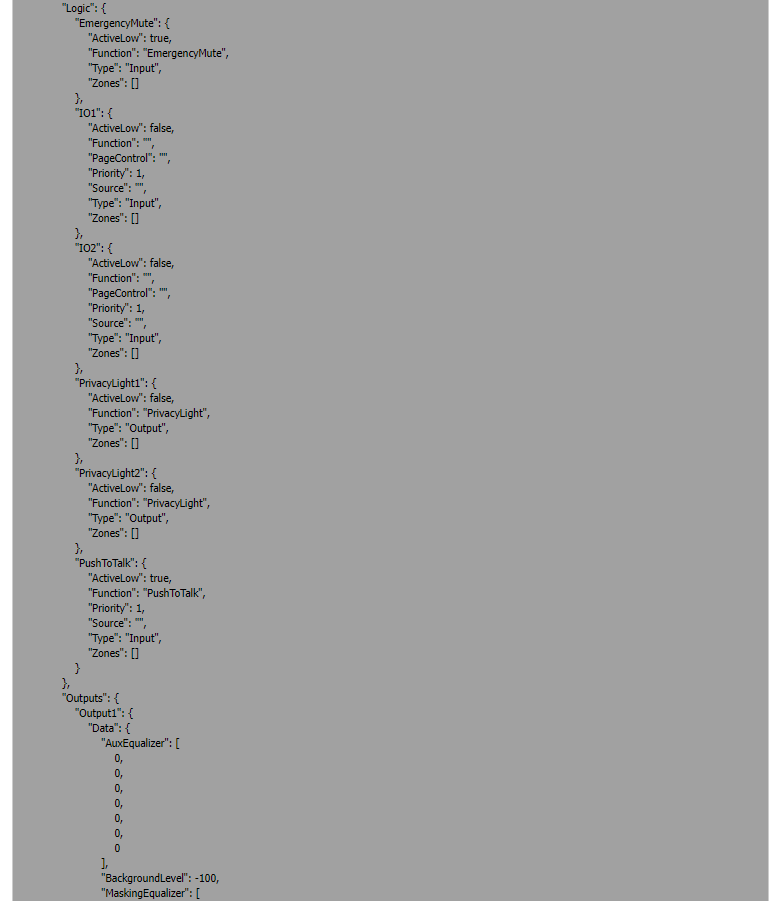
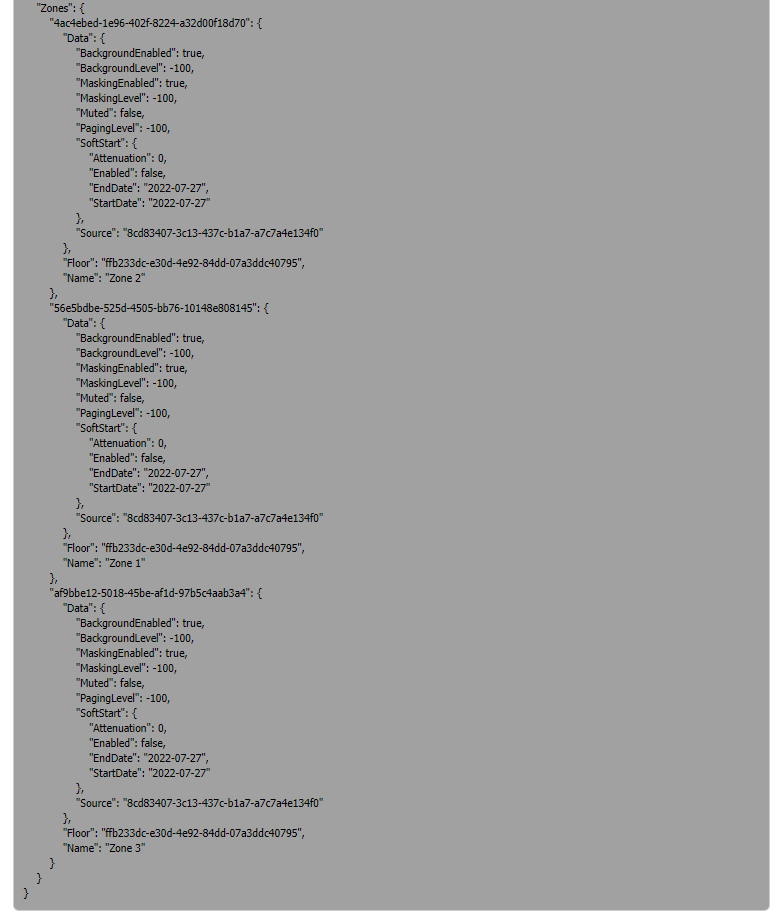
ARC API example
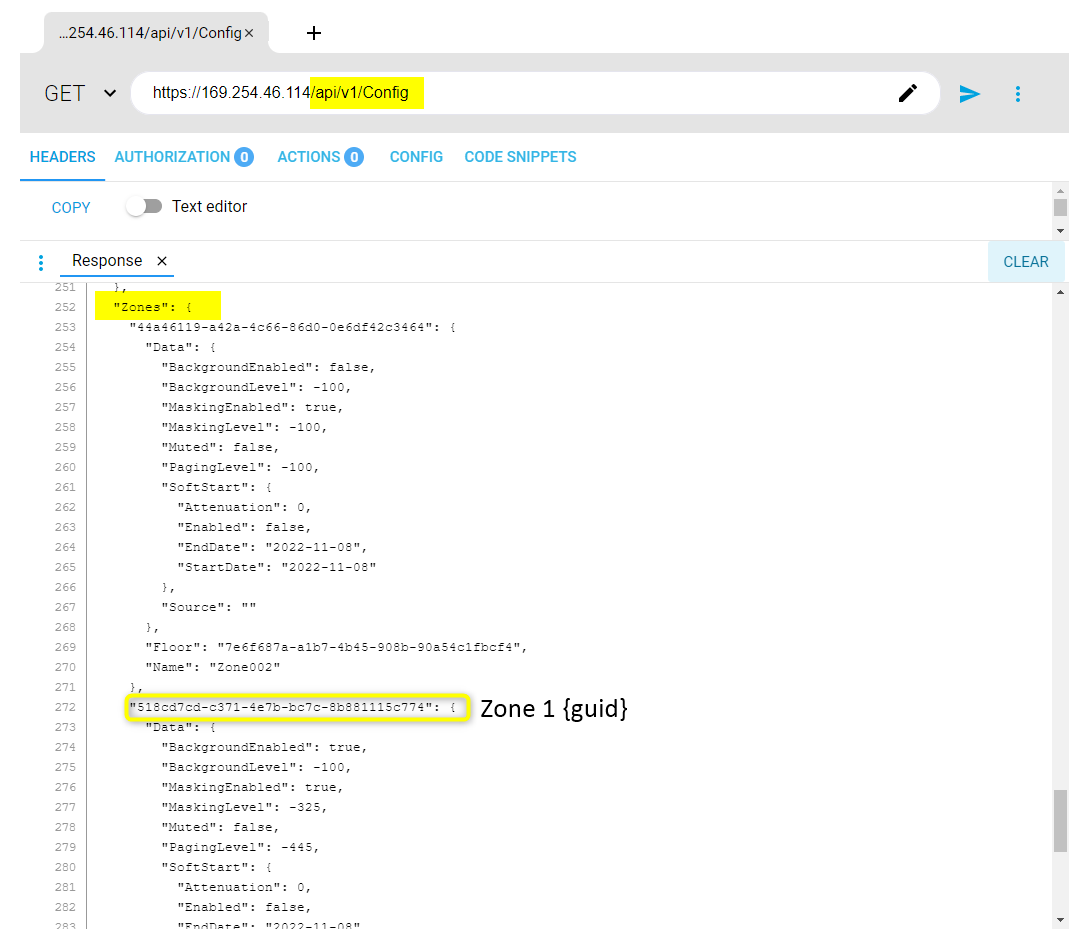
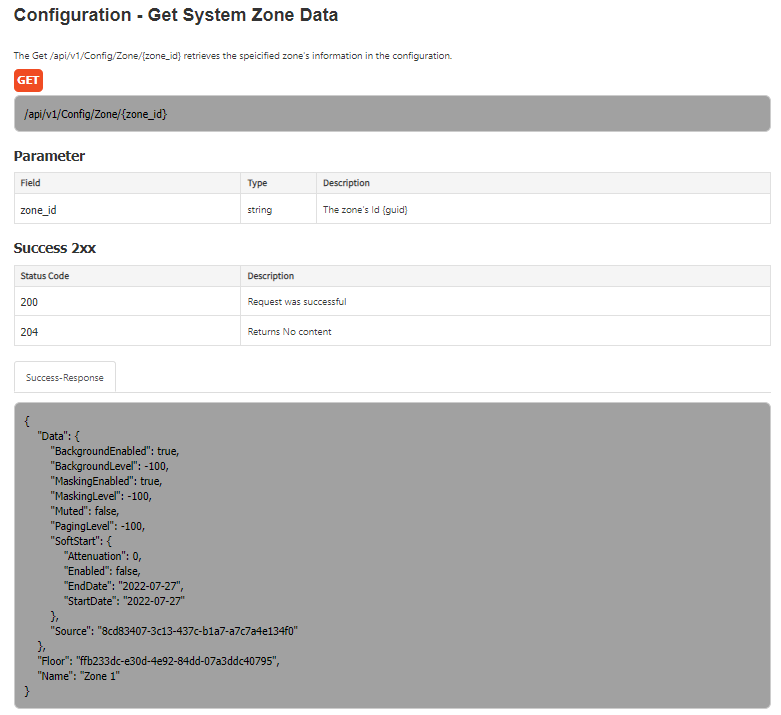
ARC API example
{guid} 518cd7cd-c371-4e7b-bc7c-8b881115c774 for specified zone can be pulled from web UI JSON info, or from the /api/v1/Config GET command.
Zone data {guid} 518cd7cd-c371-4e7b-bc7c-8b881115c774 can then be used within the PUT command to change levels within a zone
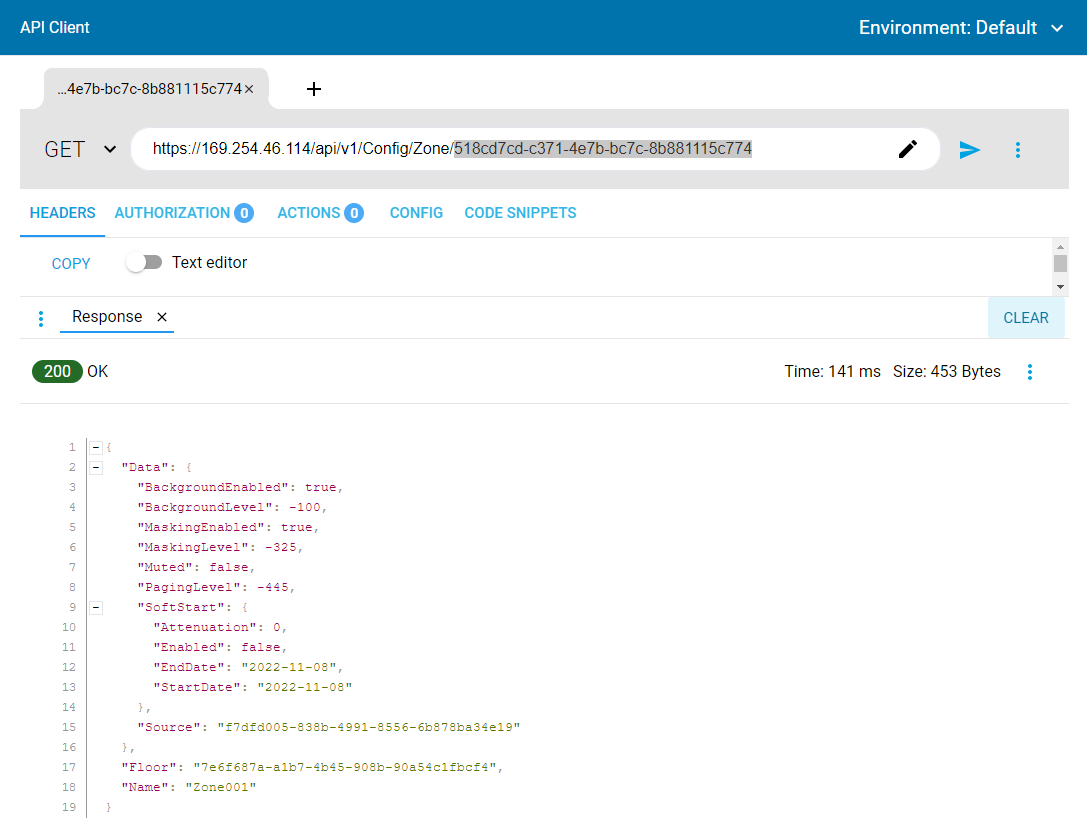
POST examples
A device reboot command is an example of a POST command in the RESTful API.
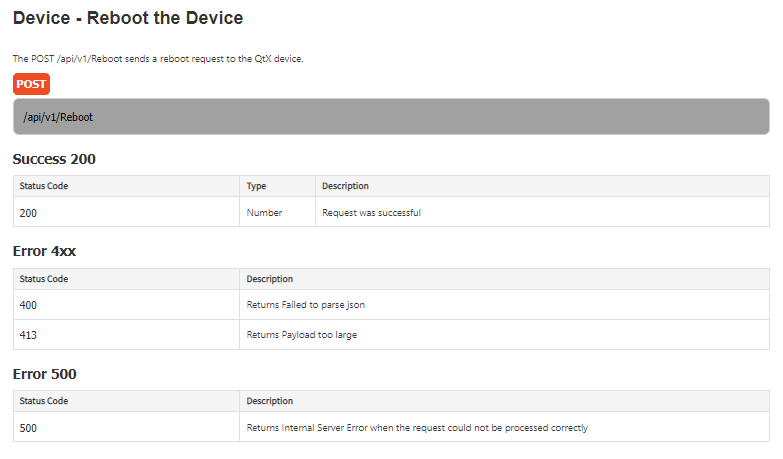
ARC API example
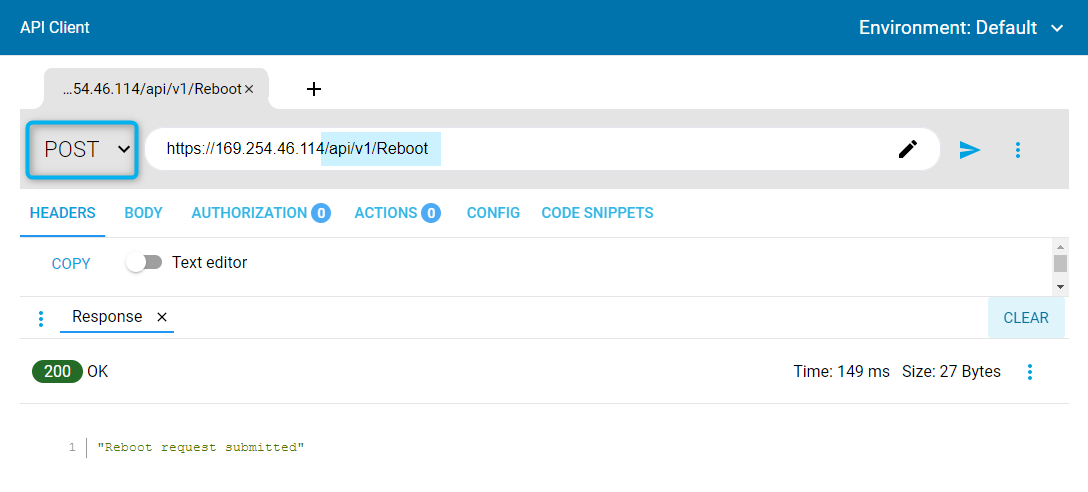
PUT examples
PUT commands are strings to send to change zone data/levels or device info. These strings will often need information related to the zone, which will be included in the Header and Body of the request.
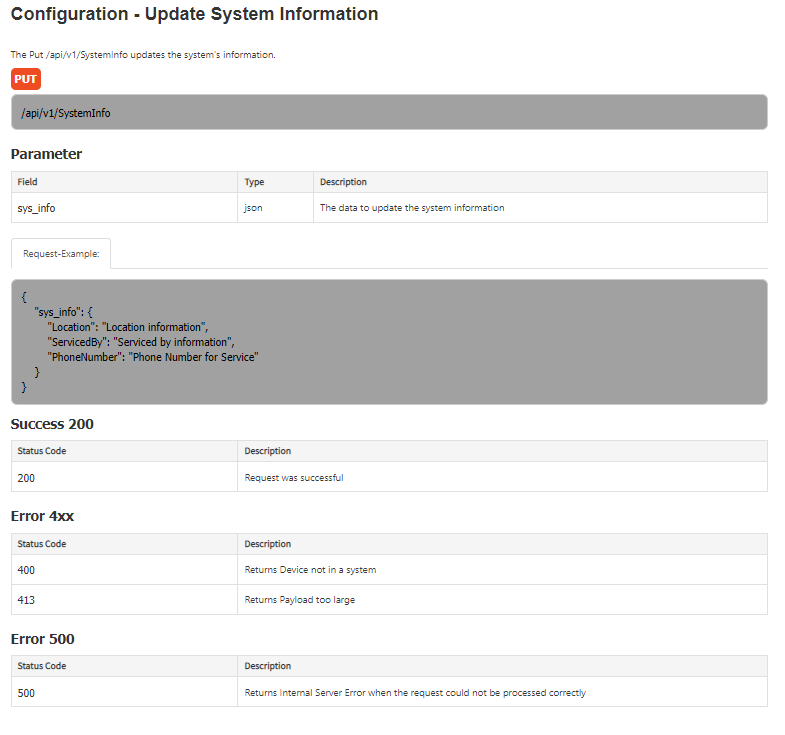
ARC API example
Click on the Headers tab and the click Add. Change the name to "Content-Type" in dropdown menu and change the value to "application/json".
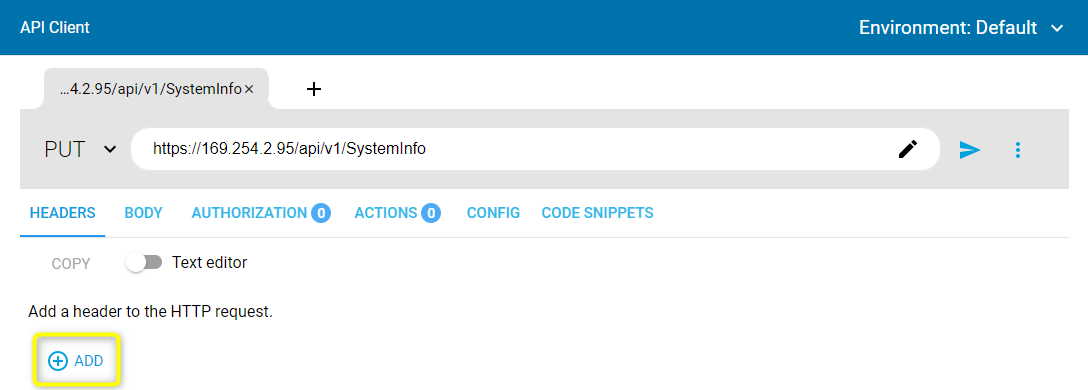
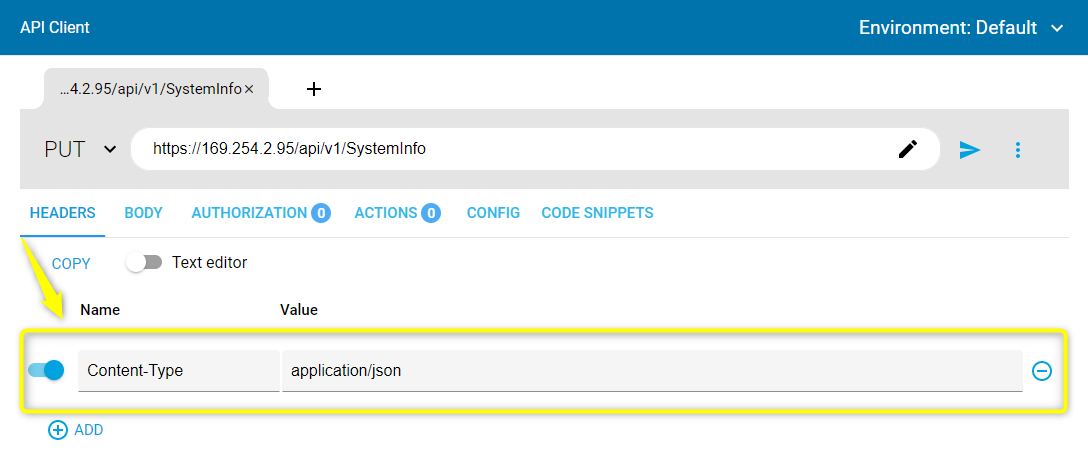
Click over to the Body tab to add the request data. Make sure we are correctly adding parentheses, commas and values.
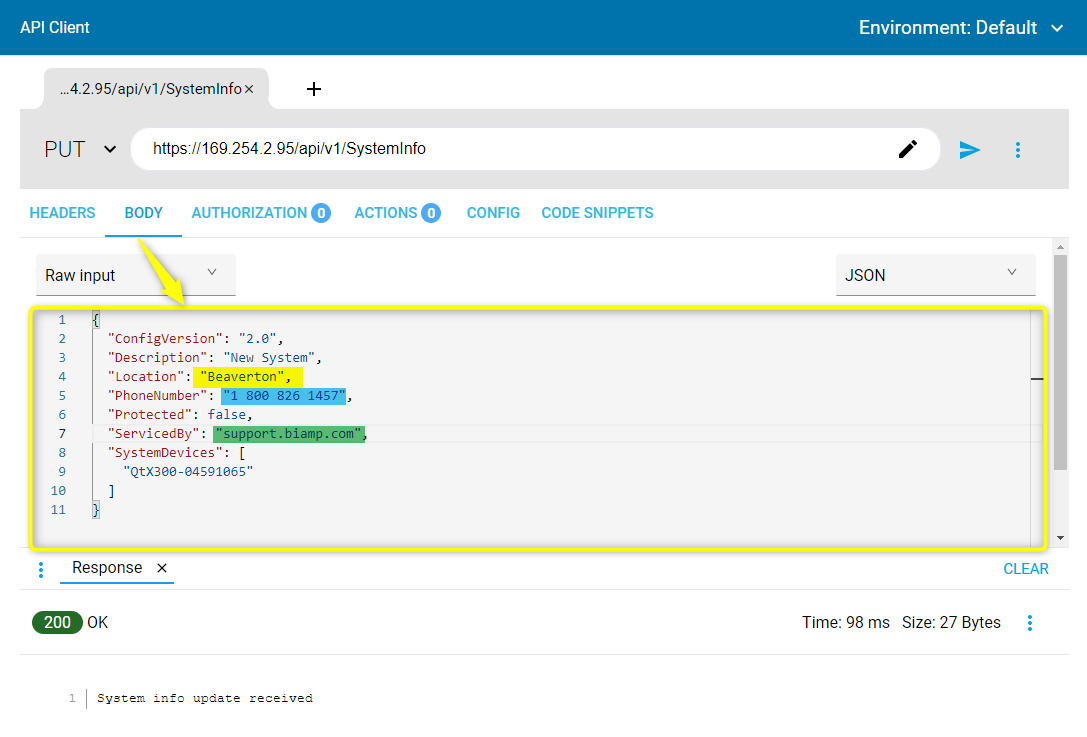
Once the command is sent, changes may be verified via the Web UI.

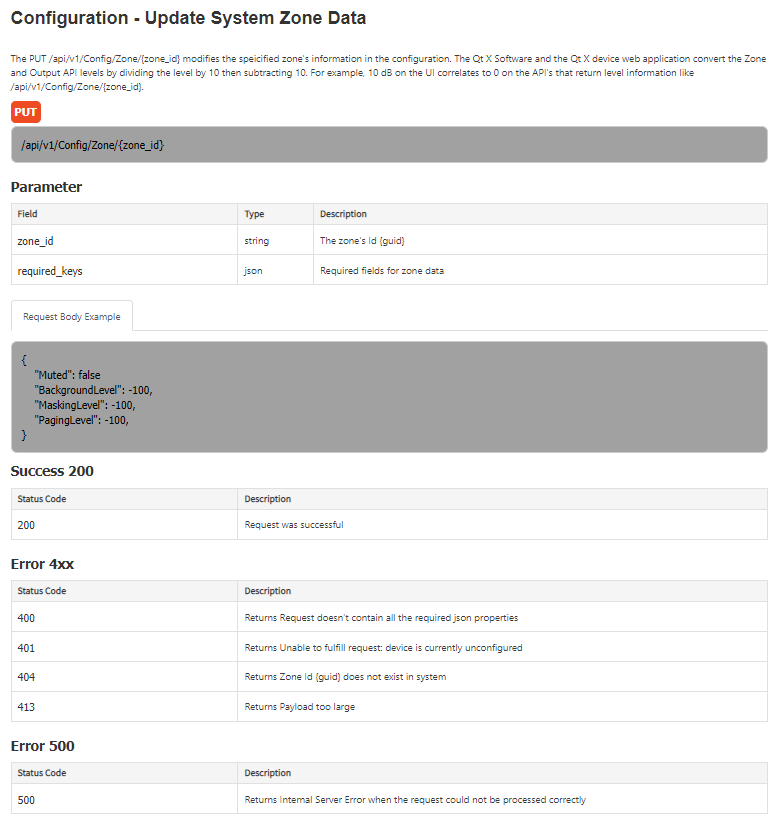
Request Body Example
{
"BackgroundLevel": -100,
"MaskingLevel": -100,
"Muted": false,
"PagingLevel": -100
}
ARC API example
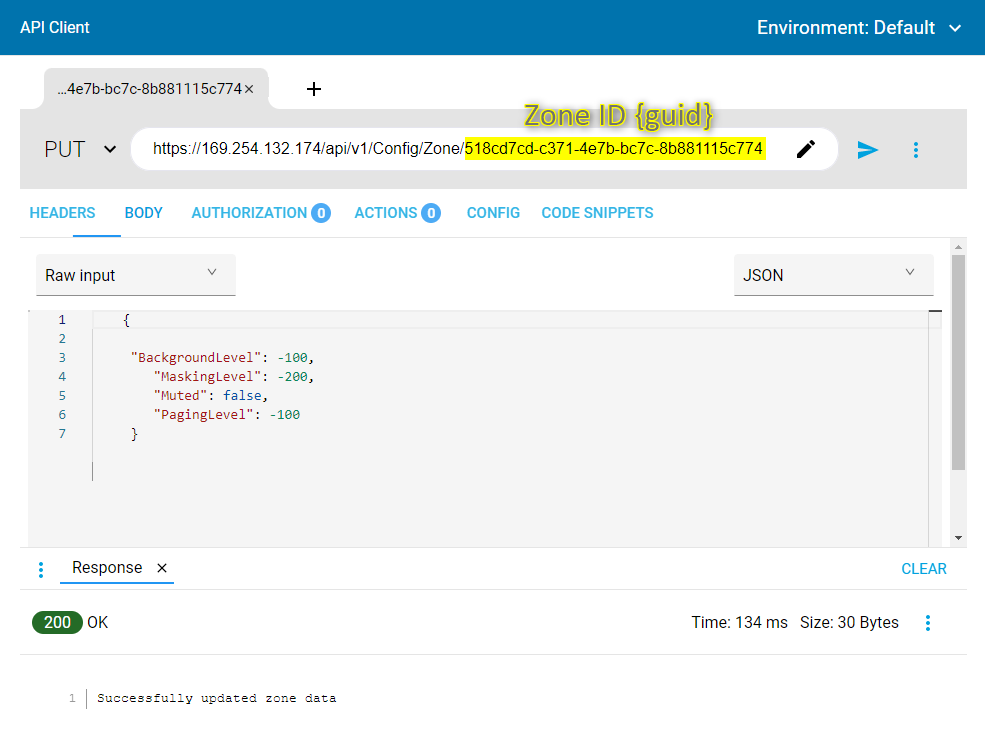
The Qt X Software and the Qt X device web application convert the Zone and Output API levels by dividing the level by 10 then subtracting 10. For example, 10 dB on the UI correlates to 0 on the API's that return level information like /api/v1/Config/Zone/{zone_id}.
When successful request has been sent, you should see a "200 OK" response, along with "Successfully updated zone data".
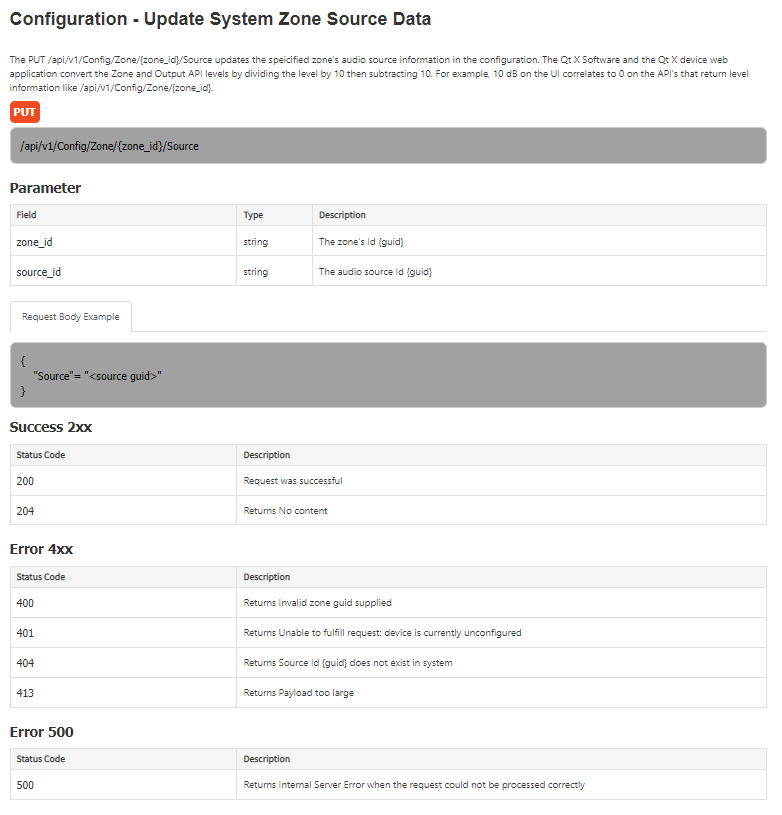
The "Update System Source Zone Data" is method of selection of background sources for each zone. In many systems this is a commonly used feature as some zones will want many sources available to select from via 3rd party control.
ARC API example
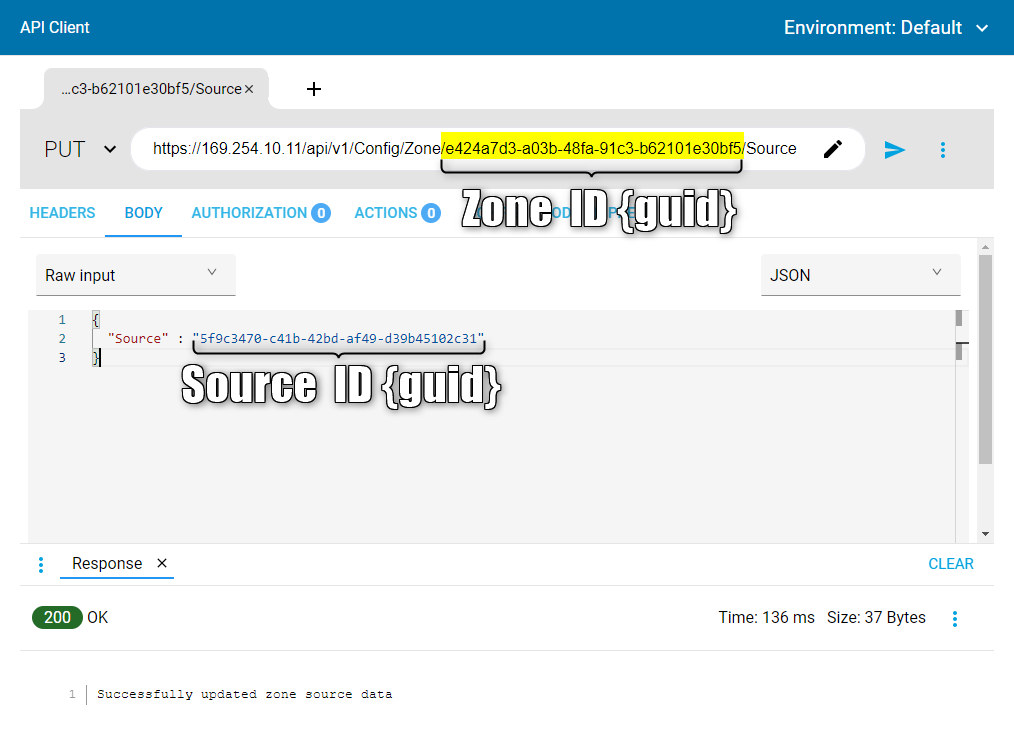
Zone ID and Source ID can be seen via the Web UI under the developer tools. Select Fetch/XHR and change a source to view the Headers and Payload for all sources.
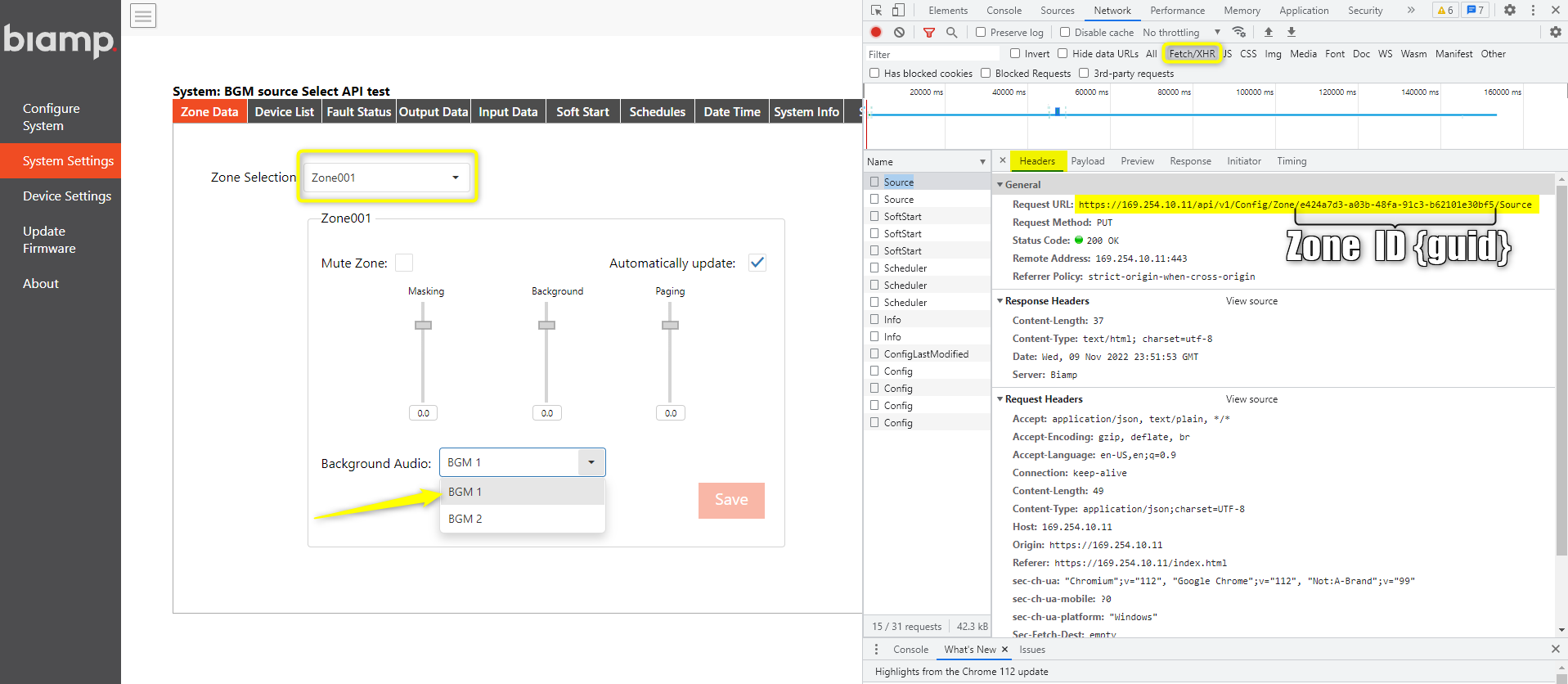
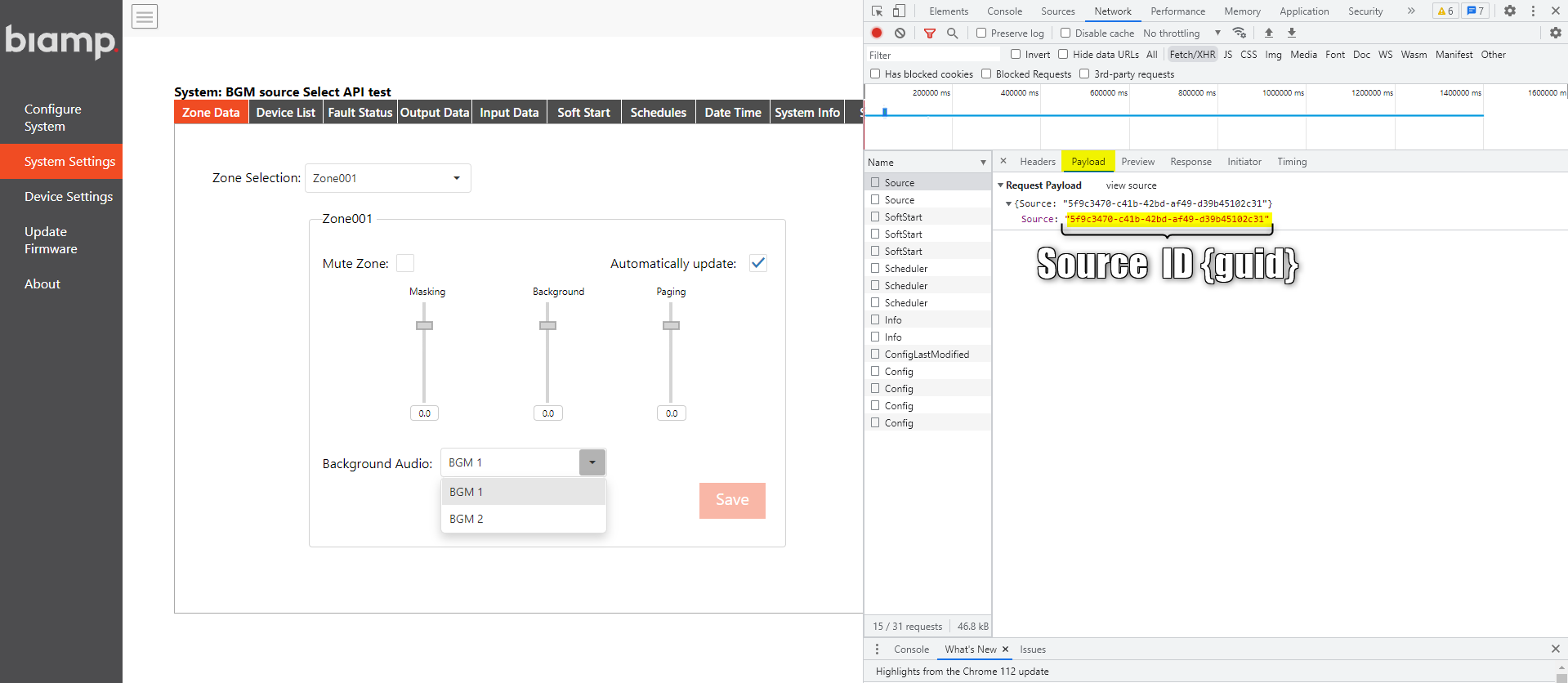
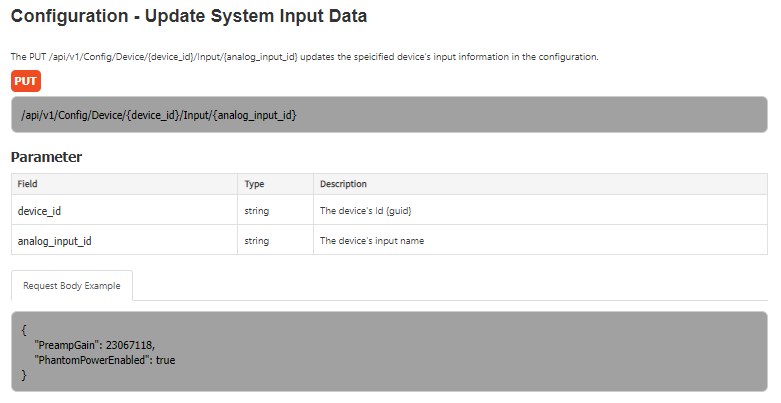
Note: Device ID is discoverable using the "GET" /api/v1/Device/Info command
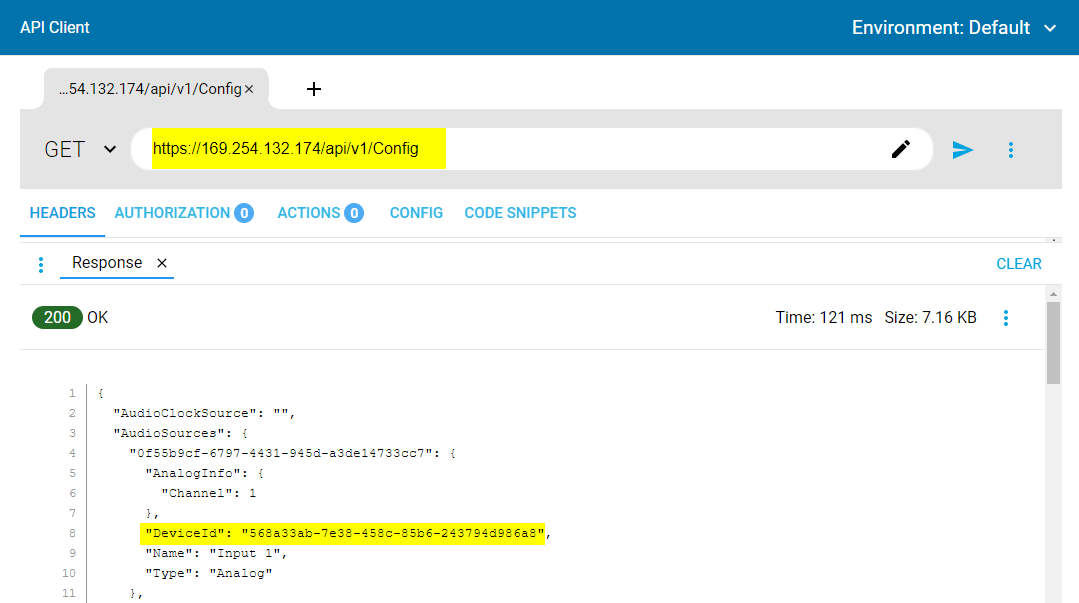
This device ID data is then used in the "PUT" command to update Input Data
